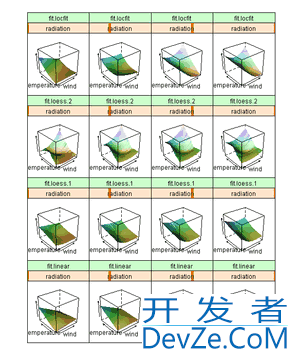I\'ve been using F# for a while now to model algorithms before coding them in C++, and also using it afterwards to check the results of the C++ code, and also against real-world recorded data.
data <-c(88, 84, 85, 85, 84, 85, 83, 85, 88, 89, 91, 99, 104, 112, 126, 138, 146,151,150, 148, 147, 149, 143, 132, 131, 139, 147, 150, 148, 145, 140, 134, 131, 131, 129, 126, 126, 132, 137, 140, 14
I have a data frame with two columns. First column contains categories such as \"First\", \"Second\", \"Third\", and the second column has numbers that represent the nu开发者_如何学JAVAmber of times I

How does one go about drawing an hyperplane开发者_运维技巧 (given the equation) in 3D in R ? (i.e. 3d equivalent to \"abline\")
I have a list of lists that looks like this: x[[state]][[year]]. Each element of this is a data frame, and acc开发者_如何学运维essing them individually is not a problem.
I have two vectors of integers, and for each element of the second vector I want to fi开发者_JAVA百科nd the minumum distance to any element of the first vector - for example
I ran JAGS with runjags in R and I开发者_JAVA技巧 got a giant list back (named results for this example).
How does one \"throw\" an erro开发者_如何转开发r in R?I have a function that takes a data frame and some column names and does stuff with them.If the columns don\'t exist, I want the function to stop
The systems I work with have GCC 4.5 (experimental) in /usr/local/bin/gcc whi开发者_开发知识库ch has proven to be problematic for some R packages. I would like to instead use system GCC in /usr/bin/gc
Say I have a bunch of functions, each with something likeMyFunction.1, etc.I want to pass these functions into another function, which prints out a small report. 开发者_开发问答 Ideally I\'d like to b